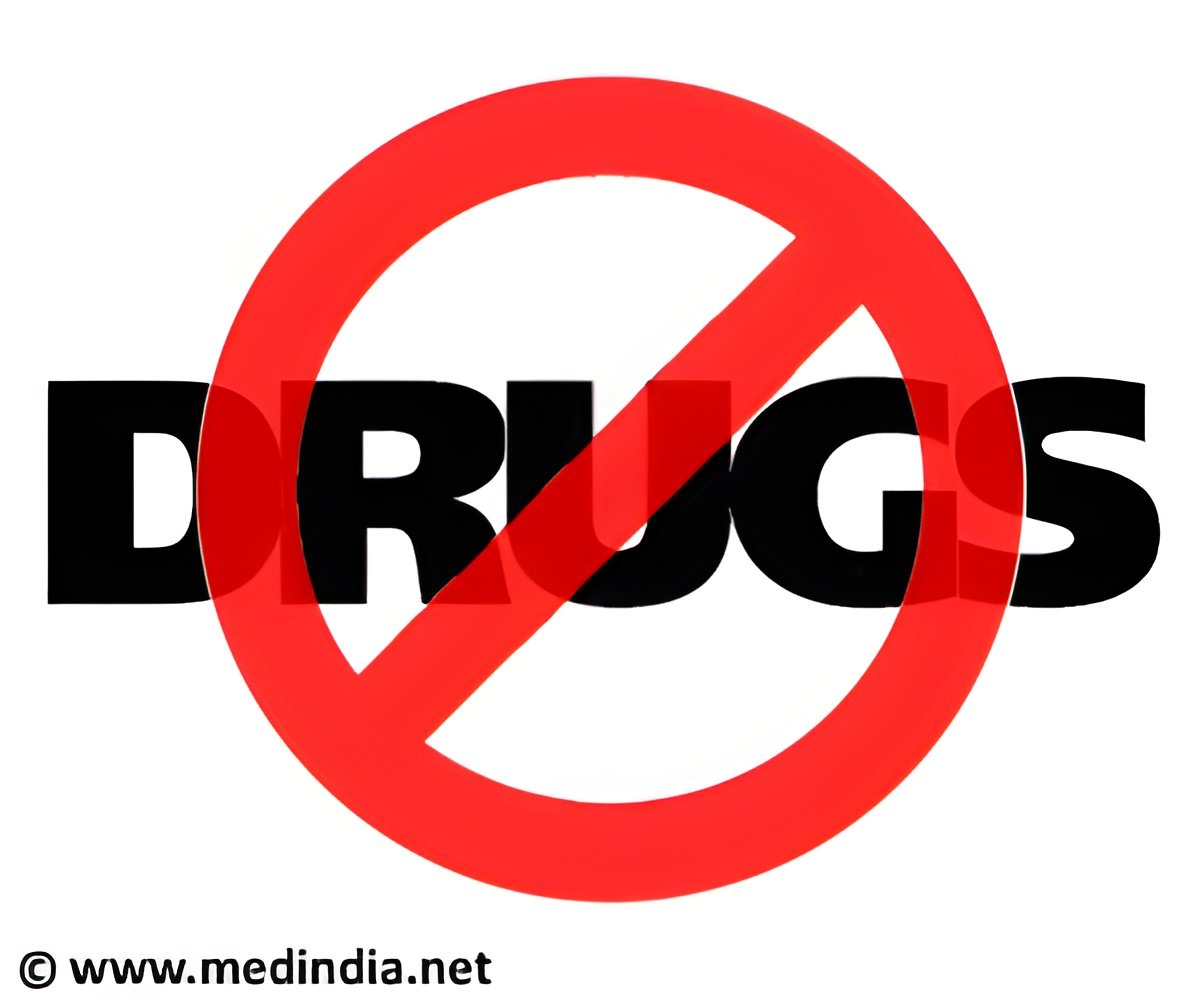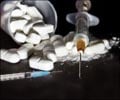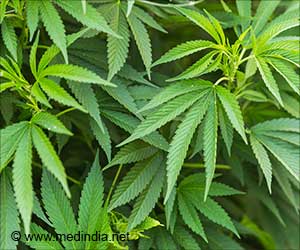A new study reveals that the risk of abusing marijuana, inhalants and other drugs is high among teenagers who are in child welfare system.

Using data from two national surveys, Fettes and colleagues found that 18 percent of teens in the welfare system admitted to ever smoking marijuana, versus 14 percent of other teens. Meanwhile, 12 percent said they'd abused inhalants, compared with 6 percent of other U.S. kids. In addition, although abuse of "hard drugs," like cocaine and heroin, was less common, teens in child welfare were still at greater risk: Six percent admitted to ever using the drugs, versus 4 percent of other teens. The findings are not necessarily surprising, according to Fettes. It's known that kids who enter the child welfare system typically have some risk factors for drug use—such as a history of domestic abuse or mental health issues. But until now, there had been little research into their actual rates of substance abuse, Fettes said. For their study, she and her colleagues culled data from two national health surveys: one covered 730 12- to 14-year-olds in the child welfare system; the other included 4,445 kids the same age from the general U.S. population. Overall, teens in the welfare system were more likely to have tried marijuana, inhalants or hard drugs—but not alcohol. Around 40 percent of kids in each survey admitted to drinking at some point in their lives. That, according to Fettes, may reflect a couple of facts. "Alcohol is readily available to teenagers," she said, "and drinking is something of a normative behavior to them." But whereas drug use was more common among teens in the welfare system, not all of those kids were at equal risk.
A key risk factor—for all teens in the study—was delinquency. Teenagers who admitted to things like shoplifting, theft, running away or using a weapon were at increased risk of both drug and alcohol abuse. On the other hand, some family factors seemed to protect kids from falling into drug use. Teens from two-parent homes were generally less likely to report drug use—and so were kids who said they felt close to their parents or other guardian. For the parents and others who care for these kids, Fettes said it's important to be aware of the increased risk of substance abuse.On the wider scale, Fettes said that right now, there are typically multiple, distinct service systems working with teens in the child welfare system. They may also be receiving mental health services and alcohol and other drug counseling, as well as having contact with the criminal justice system. "Often, they don't work together," she noted."Given the increased risk, the child welfare system may be an ideal venue to incorporate proven prevention and intervention programs for youth substance use," Fettes concluded. "Drug abuse screening and treatment, or referrals for treatment, should be a regular part of kids' case management."
Source-Eurekalert
 MEDINDIA
MEDINDIA



 Email
Email










